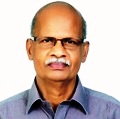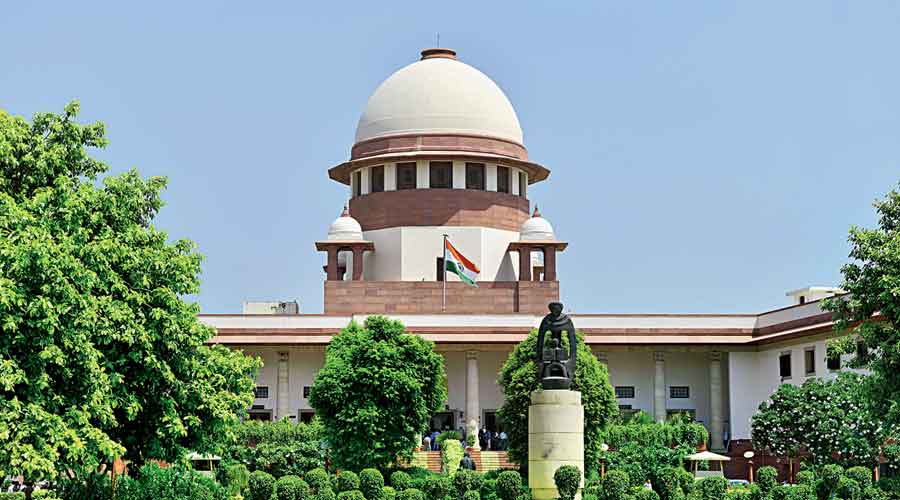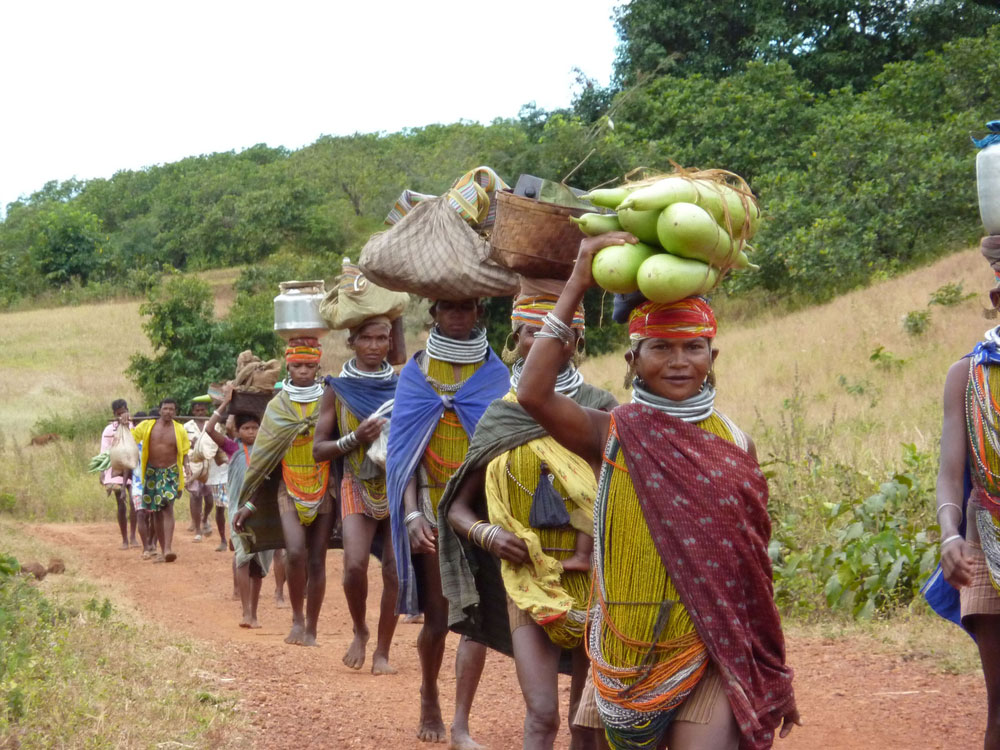The household and artisanal sectors form the backbone of India’s socio-economic fabric. Artisans consist of carpenters, blacksmiths, masons, stoneworkers, weavers, cobblers, tanners, potters, broom-makers, oilmen, tailors, bamboo and cane workers, and coir and coir-rope makers. Among them, carpenters and blacksmiths comprise the top layer of the village economy because their services are indispensable. A highly reputed anthropologist, Jan Brouwer, in his book The Makers of the World – Caste, Craft, and Mind of South Indian Artisans (Oxford University Press, Delhi, 1995), captures the tradition and heritage of the artisans amazingly. Traditionally, artisans and household manufacturers have belonged to the disadvantaged strata of society – the Scheduled Castes, Scheduled Tribes, Other Backward Classes and minority communities. To improve their living standards, it is imperative that their primary source of livelihood be firmly placed on a sustainable growth trajectory. However, in reality, the artisan and household manufacturing sector is unable to thrive on its own in an environment of increasing deregulation and globalization. Hence, sector-wide constraints of inadequate technology, improper marketing, and institutional credit must be addressed. Therefore, rationalization of the related institutional architecture is the most transformative approach towards strengthening the artisanal and household sectors. One important proposal in the above perspective was made in a report of the Planning Commission called the IMG (2005), that is, Report of the inter-ministry task group on technological, investment and marketing support for household and artisanal manufacturing.

Institutional issues identified by IMG 2005
According to IMG 2005, the multiplicity of organizations dealing with this sector does not permit a coherent response to the difficult challenges faced by this sector. As such, it is essential to rationalize policy-level institutions and professionalize delivery mechanisms for focused attention on artisans and household workers. For this, a new Ministry for Artisans and Household Manufacturing may be carved out, by consolidating all the activities of the different departments about this sector. Specifically, handloom, handicrafts, sericulture, and wool should be separated from the present Ministry of Textiles and placed under the new ministry. Simultaneously, the non-cellulose part of the textile industry that is presently under the control of the Ministry of Chemicals and Fertilizers (Department of Chemicals and Petrochemicals) could be brought under the Ministry of Textiles. The Ministry of Agro and Rural Industries should be merged with the new Ministry for Artisans, bringing under it similar programmes run by other departments such as Rural Development. It is recommended that the new ministry should be directly under the charge of the Prime Minister. Alternatively, if the PM is not to head the new ministry, a department could be set up in the Ministry of Rural Development, or an independent ministry could also be considered (IMG 2005, Executive Summary 12.1). To synergize the efforts of the central and state governments, a National Council on Artisans could be set up under the Prime Minister, with the chief ministers and relevant central departments as members (IMG 2005, Executive Summary 12.2).
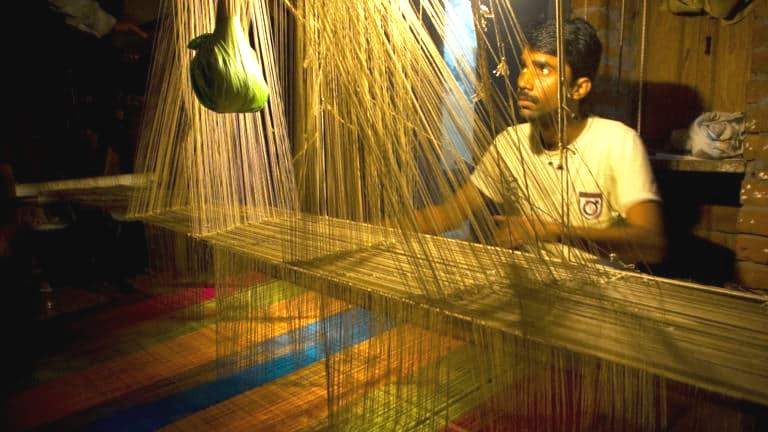
Campaign for the Ministry of Artisan affairs
The publication of a comprehensive volume – “Artisans of India: Towards Inclusive Development” (2011), consisting of a collection of academic papers – and the continuous efforts made by the NGO called Artisans’ Welfare Organization (AWO), has been instrumental in mainstreaming the proposal of IMG 2005 in the world of artisans. Under the leadership of V. Viswanathan Achary from Bhilai, Chhattisgarh, a dharna was held in Jantar Mantar, New Delhi, on 25 February 2014, demanding a separate Ministry of Artisan Affairs. Artisan delegates from 22 states participated in the dharna. Related deliberations of the AWO and submissions of the representatives of the Vishwakarma artisan community organizations who attended the district-level sittings convened by the Commission for Vishwakarma Community (CVC), Government of Kerala (2012-14) were successful in transforming the demand for a central artisan ministry as an issue in the Lok Sabha Elections in 2014. Given this background, the National Democratic Alliance (NDA) in its separate Kerala state-level election manifesto of 2014 titled, “What we want is not Left or Right, but a Correct stand – A framework for Kerala’s development”, states (on page 16): “Protection will be ensured for workers in the traditional sectors; issues of the Vishwakarma community will be seriously looked into, including the proposal for a separate ministry for artisan affairs and that the artisan sector will be delinked from the Ministry of Textiles; and Vishwakarma Day will be recognized/declared as a National Workers’ Day”. The document also promised (on page 20) a Ministry for Fisheries.

The Ministry for Fisheries has yet to see the light of day but the Union Cabinet announced a new mega project for the fisheries sector – the Fisheries and Aquaculture Infrastructure Development Fund (FIDF). This will involve a transfer of Rs 7522 crore to state governments, cooperatives, individuals and entrepreneurs for setting up infrastructure for a period of 12 years with a moratorium of two years on repayment. This may be an election-eve strategy, but what about the artisan ministry? Has it been taken care of by the Ministry of Skill Development and Entrepreneurship (MSDE) established on 9 November 2014? The exclusive focus on skilling India through MSDE is only a continuation of the initiative of the United Progressive Alliance (UPA), mainly spelt out in the 12th Five Year Plan (2012 – 17) document. MSDE has conceived a framework built on five central pillars representing the core requirements for skilling – to create a pipeline of skilled people, correct supply for demand, certify global/common standards, connect supply with demand, and catalyze entrepreneurship. The only artisan-oriented programmes of the ministry are recognition of prior learning (RPL) certification and training of youth under the guru-shishya skill transfer scheme, supervised by senior craftsmen as master trainers. The latter has not been successful, according to media reports.
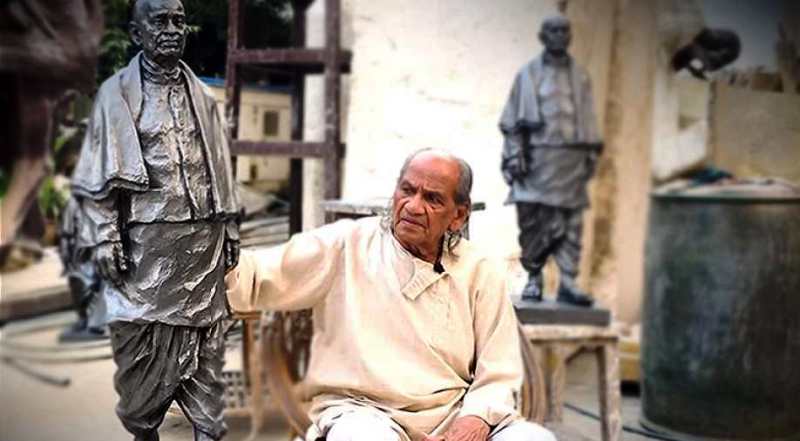
On 31 October 2018, Prime Minister Narendra Modi unveiled the 182-metre statue of Sardar V. Patel, overlooking the Narmada river in Gujarat, constructed at the cost of Rs 2989 crore. Padma Bhushan Ram V. Sutar designed the Statue of Unity. Yet the sensible demand of the artisan community – which the sculptor of the “world’s tallest statue” hails from – for a separate ministry hasn’t been addressed.
Copy-editing: Saumya/Lokesh/Anil
Forward Press also publishes books on Bahujan issues. Forward Press Books sheds light on the widespread problems as well as the finer aspects of Bahujan (Dalit, OBC, Adivasi, Nomadic, Pasmanda) society, culture, literature and politics. Contact us for a list of FP Books’ titles and to order. Mobile: +917827427311, Email: info@forwardmagazine.in)
The titles from Forward Press Books are also available on Kindle and these e-books cost less than their print versions. Browse and buy:
The Case for Bahujan Literature
Dalit Panthers: An Authoritative History

